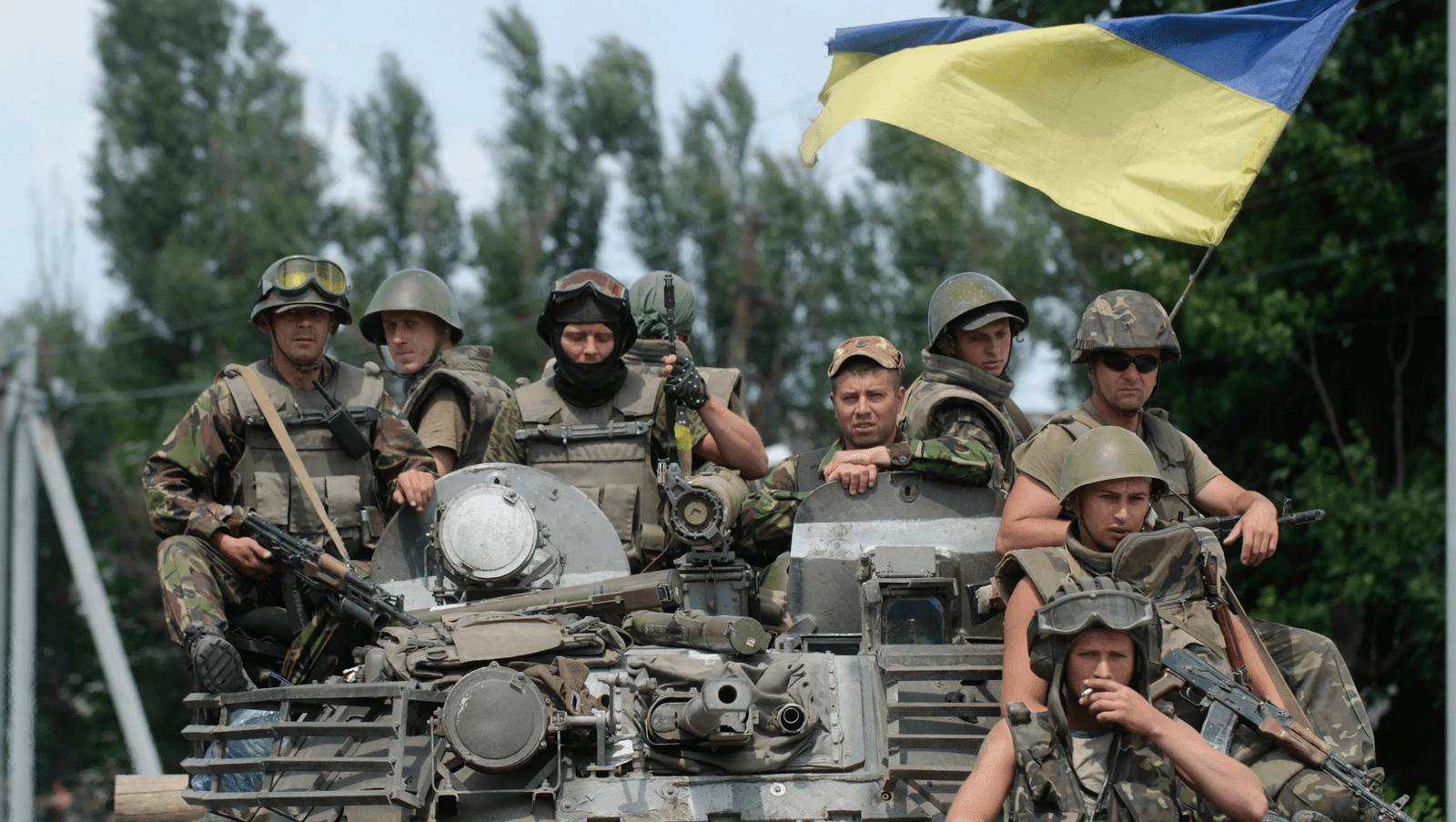
The war in Ukraine has reached a strategic crossroads, with negotiations over concessions of territory at their core in diplomatic efforts as much as in military planning. The potential cession of Ukrainian land to Russia and specifically the Donbas region has served as the core dividing issue for peace talks, exposing the deep chasms between Moscow, Kyiv, Washington, and capitals across Europe.

Russian President Vladimir Putin has established the conditions: Ukraine would need to withdraw all of its forces from all of Donetsk, Luhansk, Kherson, and Zaporizhzhia provinces, forgo membership plans in the North Atlantic Treaty Organization, and accept Russia’s annexations as a legitimate fact. In the words of Vladimir Putin, “As soon as they state in Kyiv that they are prepared for such a decision and start the actual withdrawal of troops from these areas – and also officially state on the cancellation of the plan to join NATO – our side will immediately, at the very same moment, issue the order to stop fire and start negotiations.” These conditions, which have been ridiculed by Ukrainian officials as being a “complete sham,” not only indicate Russia’s inability to realize its initial war objectives but also its necessity to gain a buffer zone and ensure Ukraine’s non-integration with the West.

Ukraine is confronted, however, by colossal constitutional and public impediments to any land-for-peace agreement. According to Ihor Reiterovych, a politics professor at Taras Shevchenko National University of Kyiv, “The territorial amendments can be made only by the people’s choice — not by the president, the cabinet of ministers or the parliament. In the constitution, it is said that only by referendum can changes to the territory of Ukraine be made. President Volodymyr Zelenskyy rejected any suggestion of ceding territory forever, promising Ukrainians “will not give Russia any awards for what it has done” and “will not give their land to the occupier.” This is not just politics—it is a question of law, because the Ukrainian constitution prohibits changing borders in any way other than a nationwide referendum.

The United States, under Donald Trump, has pursued a provocative approach, demanding an urgent peace agreement that could involve “some swapping of lands.” Trump went out of his way to state that “there’ll be some land swapping going on. I know that through Russia and through conversations with everybody. To the good, for the good of Ukraine. Good stuff, not bad stuff.”. Also, some not-so-shining areas for both,” PBS NewsHour said. This approach spares the initial ceasefire favored by Ukraine and its allies in Europe, fearing Moscow would use a rushed agreement to consolidate its gains and prepare for future operations.

Europe’s political leaders have been supportive of Ukraine’s right to self-determination and have proclaimed that “international boundaries cannot be changed by force.” Their joint declaration, signed by the European Commission, France, Germany, Italy, Britain, Finland, Poland, and the presidents of the European Council, underscores the point that any peace will be just and enduring and that Ukraine will decide its own borders. As stressed by European Commission president Ursula von der Leyen and the other EU leaders, “it will be up to Ukraine to make decisions on its own soil. International borders must not be changed by violence.”

On the battlefield, the military realities are harsh. Russia is occupying about a fifth of Ukraine, comprising almost all of Luhansk and two-thirds of Donetsk, and big swaths of Kherson and Zaporizhzhia. The Donbas region, with its industry and industry-defenses well-enhanced by Ukrainians, remains at the center of the conflict. The Institute for the Study of War stated that withdrawing from the Donetsk region would compel Ukraine to leave its “fortress belt” behind—its frontline defense since 2014—without any guarantee that hostilities would not be restarted. This buffer belt has kept Russia out of the area and still keeps further invasions at bay.

The danger of losing territory extends beyond the front lines. Loss of territory would lead to large-scale displacement, as stubborn civilians would need to depart and seek asylum elsewhere. Humanitarian groups have reported spikes in refugees from frontline towns like Sloviansk and Kramatorsk, with evacuation centers filled to capacity following the influx of individuals. Psychologically, the effect on the survivors is catastrophic, with children traumatized by relentless shelling and families disrupted by the violence.

To Ukrainians, the notion of “trading” land is not merely unpopular but repulsive. As one individual succinctly expressed it in Donetsk, “These are Ukrainian lands; there are recognised borders.” The notion of trading towns and cities—where citizens have fought, suffered, and earned their living—is an assault on the very core of national identity and collective memory.

Freezing the war on the current front line is now the worst of the worst scenarios for Ukrainians overall, opinion polls indicate. It would give both sides time to rebuild their military strength and Ukraine time to negotiate better security guarantees from its Western allies. Even this “lesser evil” is fraught with danger. Acceptance of a frozen conflict means that it is an admission that lost land cannot be regained through the use of the military and that it can lead to conditions that facilitate Russian aggression in the future.

Lastly, the strategic dilemma of territorial trade-offs in the Ukrainian struggle is a complex combination of military necessity, constitutional principle, international practice, and human flexibility. Choices currently being made within the next couple of months will decide not only the fate of Ukraine but the fate of European security.
